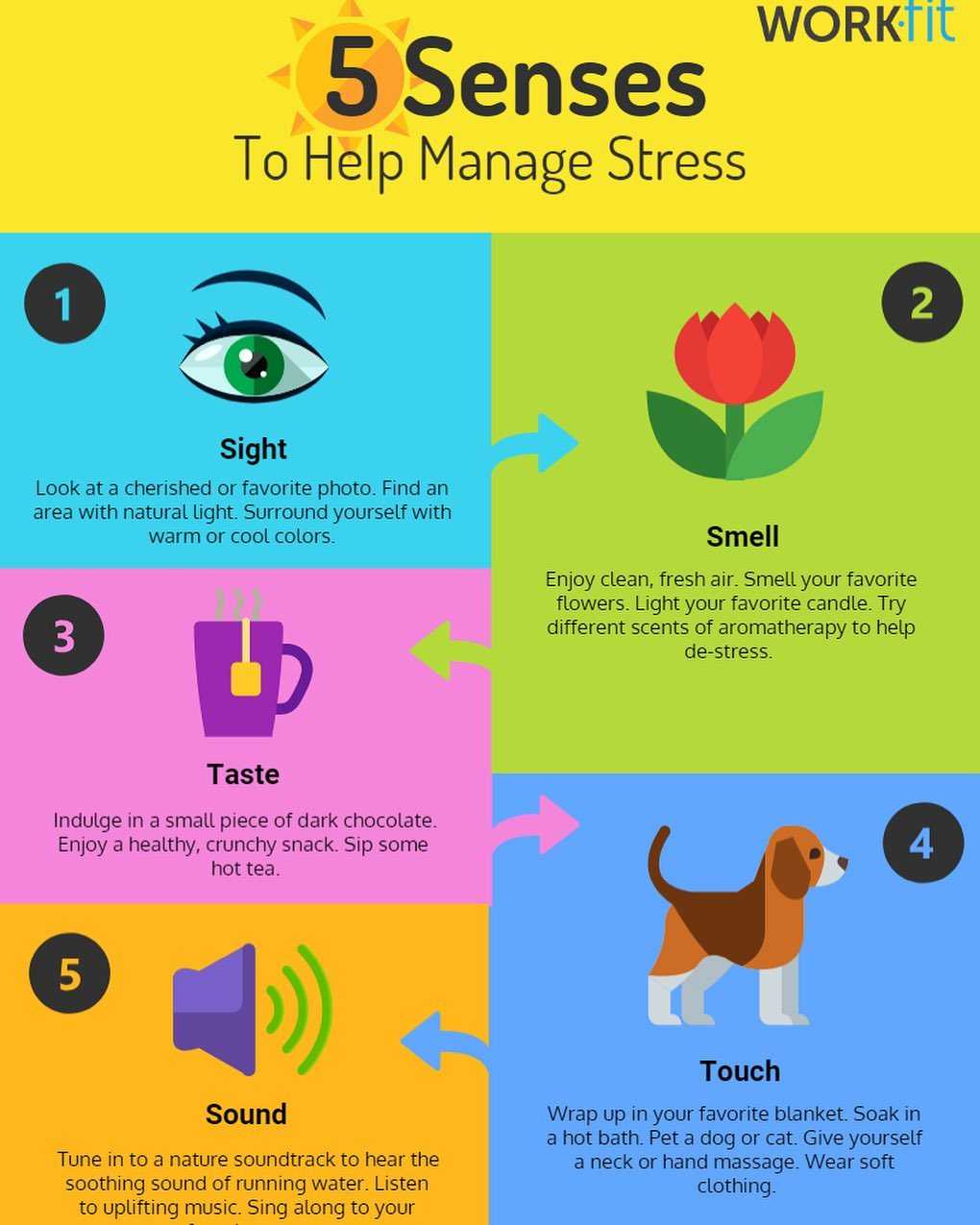In today’s fast-paced world, stress has become an inevitable part of life. Seeking solace and relief from the pressures of daily life has led many to find comfort in the company of pets. Studies and anecdotal evidence suggest that pets can contribute significantly to reducing stress levels and improving overall well-being. This article delves into the potential benefits of pets in regard to stress management and explores how our furry friends can act as natural stress relievers.
The mere presence of a pet can have a calming effect on individuals. Interacting with a pet, whether through petting, talking, or playing, has been shown to lower blood pressure, heart rate, and cortisol levels, all of which are physiological indicators of stress. The unconditional love and affection offered by pets can provide a sense of security and belonging, combating feelings of loneliness and isolation, which can be significant contributors to stress.
Transition paragraph from opening section to main content section:
Moving beyond the immediate presence of a pet, this article explores additional ways in which pets can contribute to stress reduction and the maintenance of overall mental well-being.
the potential benefits of pets in regard to stress management
Pets can provide numerous benefits for stress management, including:
- Lower blood pressure
- Reduce heart rate
- Decrease cortisol levels
- Increase oxytocin levels
- Provide emotional support
- Encourage physical activity
- Reduce feelings of loneliness
By incorporating a pet into their lives, individuals can experience a range of stress-reducing effects, promoting overall well-being and resilience.
Lower blood pressure
Pets, particularly dogs and cats, have a remarkable ability to lower blood pressure in individuals. Studies have shown that simply petting a dog or cat can lead to a significant decrease in both systolic and diastolic blood pressure. This effect is attributed to the calming influence that pets have on our nervous system.
When we interact with pets, our bodies release oxytocin, a hormone associated with relaxation and bonding. Oxytocin counteracts the effects of stress hormones like cortisol, resulting in a reduction in blood pressure. Additionally, the unconditional love and acceptance offered by pets can alleviate feelings of anxiety and isolation, further contributing to lower blood pressure.
Furthermore, pets can encourage physical activity, which is another factor that can help lower blood pressure. Taking a walk with a dog or playing with a cat can elevate heart rate and promote cardiovascular health. Regular exercise can also help manage weight, a known risk factor for high blood pressure.
Overall, pets can play a significant role in lowering blood pressure and reducing the risk of hypertension. Their calming presence, unconditional love, and ability to promote physical activity all contribute to a healthier heart and a more relaxed state of mind.
In addition to the aforementioned benefits, pets can also provide emotional support, reduce feelings of loneliness, and encourage mindfulness, all of which can contribute to lower blood pressure and improved overall well-being.
Reduce heart rate
Pets can also play a significant role in reducing heart rate, another key indicator of stress levels.
- Calming effect: The mere presence of a pet can have a calming effect on individuals, leading to a decrease in heart rate. Interacting with a pet, whether through petting, talking, or playing, can further slow the heart rate.
- Lower blood pressure: As mentioned earlier, pets can help lower blood pressure. Lower blood pressure is often associated with a slower heart rate, as the heart does not have to work as hard to pump blood through the body.
- Increased physical activity: Pets can encourage physical activity, which can help lower resting heart rate over time. Taking a walk with a dog or playing with a cat can elevate heart rate during the activity, but regular exercise can strengthen the heart and improve cardiovascular health, leading to a lower resting heart rate.
- Emotional support: Pets can provide emotional support and companionship, which can help reduce feelings of stress, anxiety, and depression. Lower levels of stress and improved mood can contribute to a slower heart rate.
Overall, pets can help reduce heart rate by promoting relaxation, lowering blood pressure, encouraging physical activity, and providing emotional support. These factors work together to create a calmer and healthier state of being, both physically and mentally.
Decrease cortisol levels
Pets can also help decrease cortisol levels, a hormone produced by the body in response to stress. Cortisol is often referred to as the “stress hormone” because it plays a key role in the body’s fight-or-flight response. While cortisol is essential for survival, chronically elevated levels can lead to a range of health problems, including high blood pressure, heart disease, and weight gain.
Studies have shown that interacting with pets can significantly reduce cortisol levels. Simply petting a dog or cat for a few minutes can lead to a decrease in cortisol levels. This effect is attributed to the calming influence that pets have on our nervous system and the release of oxytocin, a hormone associated with relaxation and bonding.
In addition to reducing cortisol levels through direct interaction, pets can also help lower cortisol levels indirectly by promoting relaxation and reducing stress. For example, taking a walk with a dog can provide a sense of purpose and distraction from stressors, while playing with a cat can offer a much-needed break from work or other obligations.
Overall, pets can play a significant role in decreasing cortisol levels and reducing the negative impact of stress on the body. Their calming presence, unconditional love, and ability to promote relaxation and physical activity all contribute to lower cortisol levels and improved overall well-being.
In addition to the aforementioned benefits, pets can also provide emotional support, reduce feelings of loneliness, and encourage mindfulness, all of which can contribute to lower cortisol levels and improved stress management.
Increase oxytocin levels
Pets can also help increase oxytocin levels, a hormone associated with relaxation, bonding, and stress reduction. Oxytocin is often referred to as the “love hormone” because it plays a key role in social bonding and emotional attachment.
Studies have shown that interacting with pets can significantly increase oxytocin levels. Simply petting a dog or cat for a few minutes can lead to an increase in oxytocin levels. This effect is attributed to the calming influence that pets have on our nervous system and the release of endorphins, natural painkillers that also produce feelings of pleasure and well-being.
In addition to increasing oxytocin levels through direct interaction, pets can also help boost oxytocin levels indirectly by promoting relaxation and reducing stress. For example, taking a walk with a dog can provide a sense of purpose and distraction from stressors, while playing with a cat can offer a much-needed break from work or other obligations.
Overall, pets can play a significant role in increasing oxytocin levels and reducing the negative impact of stress on the body. Their calming presence, unconditional love, and ability to promote relaxation and physical activity all contribute to higher oxytocin levels and improved overall well-being.
In addition to the aforementioned benefits, pets can also provide emotional support, reduce feelings of loneliness, and encourage mindfulness, all of which can contribute to higher oxytocin levels and improved stress management.
Provide emotional support
Pets can provide invaluable emotional support, which can be a powerful buffer against stress. The unconditional love and acceptance that pets offer can help individuals feel loved, valued, and supported, even during challenging times.
Simply having a pet to talk to or cuddle with can be incredibly comforting and stress-relieving. Pets provide a non-judgmental and attentive audience, allowing individuals to express their feelings and concerns without fear of criticism or rejection. This can be especially helpful for those who may not have strong social support networks or who find it difficult to talk about their problems with other people.
In addition to providing companionship and a listening ear, pets can also help reduce feelings of loneliness and isolation. For individuals who live alone or who may not have many friends or family members, having a pet can make a significant difference in their overall well-being. Pets can provide a sense of purpose and routine, and they can help individuals feel more connected to the world around them.
Overall, pets can provide emotional support in a variety of ways. Their unconditional love, companionship, and ability to reduce feelings of loneliness and isolation can all contribute to lower stress levels and improved mental well-being.
In addition to the aforementioned benefits, pets can also encourage physical activity, promote relaxation, and increase oxytocin levels, all of which can contribute to improved emotional well-being and stress management.
Encourage physical activity
Pets can also encourage physical activity, which is another effective way to manage stress. Taking a walk with a dog, playing fetch with a cat, or simply chasing a pet around the house can all get you moving and help reduce stress levels.
Physical activity has been shown to have numerous benefits for mental health, including reducing stress, improving mood, and boosting self-esteem. Exercise releases endorphins, natural painkillers that also produce feelings of pleasure and well-being. Additionally, physical activity can help improve sleep quality, which can also contribute to lower stress levels.
Pets can make physical activity more enjoyable and easier to stick with. Having a furry friend who relies on you for exercise can provide the motivation you need to get up and move. Additionally, pets can provide companionship during exercise, making it more fun and less like a chore.
Overall, pets can encourage physical activity in a variety of ways. Their need for exercise, their playful nature, and their ability to make exercise more enjoyable can all contribute to lower stress levels and improved mental well-being.
In addition to the aforementioned benefits, pets can also provide emotional support, reduce feelings of loneliness, and increase oxytocin levels, all of which can contribute to improved stress management and overall well-being.
Reduce feelings of loneliness
Pets can also help reduce feelings of loneliness, which can be a significant contributor to stress. For individuals who live alone, who have limited social networks, or who may be going through a difficult time, having a pet can make a world of difference.
Pets provide companionship and unconditional love, which can help individuals feel less alone and isolated. Simply having a pet to talk to, cuddle with, or play with can provide a sense of purpose and belonging. Additionally, pets can encourage social interaction, as they can be a great conversation starter when meeting new people.
Studies have shown that people who have pets are less likely to feel lonely and isolated than those who do not have pets. Pets can also help reduce stress and improve mood, which can further contribute to reduced feelings of loneliness.
Overall, pets can help reduce feelings of loneliness in a variety of ways. Their companionship, unconditional love, and ability to encourage social interaction can all contribute to lower stress levels and improved mental well-being.
In addition to the aforementioned benefits, pets can also provide emotional support, encourage physical activity, and increase oxytocin levels, all of which can contribute to improved stress management and overall well-being.
FAQ
Here are some frequently asked questions about the role of pets in stress management:
Question 1: How can pets help reduce stress?
Answer 1: Pets can help reduce stress in several ways. They provide companionship, unconditional love, and a sense of purpose. Interacting with pets can lower blood pressure, heart rate, and cortisol levels, while increasing oxytocin levels. Pets can also encourage physical activity and reduce feelings of loneliness, all of which can contribute to lower stress levels and improved mental well-being.
Question 2: What types of pets are best for stress relief?
Answer 2: The type of pet that is best for stress relief depends on individual preferences and lifestyle. Common choices include dogs, cats, fish, and birds. Dogs are often considered to be particularly good at reducing stress, as they require regular walks and playtime, which can encourage physical activity and provide a sense of routine.
Question 3: How much time do I need to spend with my pet to experience the stress-reducing benefits?
Answer 3: Even a short amount of time spent with a pet can have stress-reducing benefits. However, the more time you spend interacting with your pet, the greater the benefits will be. Aim for at least 15-30 minutes of quality time with your pet each day.
Question 4: What are some specific activities I can do with my pet to reduce stress?
Answer 4: There are many activities you can do with your pet to reduce stress, such as taking a walk, playing fetch, or simply cuddling. Other activities that can be beneficial include brushing your pet’s fur, talking to them in a soothing voice, or giving them a massage.
Question 5: Can pets help reduce stress for people with specific conditions, such as anxiety or depression?
Answer 5: Yes, pets can help reduce stress for people with specific conditions, such as anxiety or depression. Studies have shown that interacting with pets can lower blood pressure, heart rate, and cortisol levels, while increasing oxytocin levels. These effects can help to calm and relax people with anxiety or depression.
Question 6: Where can I find more information about the benefits of pets for stress management?
Answer 6: There are many resources available online and in libraries that provide information about the benefits of pets for stress management. You can also talk to your veterinarian or a mental health professional for more information.
Pets can be a valuable part of a stress management plan. By providing companionship, unconditional love, and a sense of purpose, pets can help to lower stress levels and improve mental well-being.
In addition to having a pet, there are other things you can do to manage stress, such as:
Tips
Here are a few practical tips for managing stress:
Tip 1: Exercise regularly.
Physical activity is a great way to reduce stress and improve mood. When you exercise, your body releases endorphins, which have mood-boosting and pain-relieving effects. Aim for at least 30 minutes of moderate-intensity exercise most days of the week.
Tip 2: Eat a healthy diet.
Eating a healthy diet can help to improve your overall health and well-being, which can make you more resilient to stress. Focus on eating plenty of fruits, vegetables, and whole grains. Limit your intake of processed foods, sugary drinks, and unhealthy fats.
Tip 3: Get enough sleep.
When you’re sleep-deprived, you’re more likely to feel stressed and overwhelmed. Aim for 7-8 hours of sleep each night. Establish a regular sleep schedule and stick to it as much as possible, even on weekends.
Tip 4: Practice relaxation techniques.
There are many relaxation techniques that can help to reduce stress, such as deep breathing, meditation, and yoga. Find a technique that works for you and practice it regularly. Even a few minutes of relaxation each day can make a big difference.
By following these tips, you can learn to manage stress more effectively and improve your overall well-being.
Remember, stress is a normal part of life. The key is to learn how to manage it in a healthy way. If you’re struggling to cope with stress, don’t hesitate to reach out for help from a friend, family member, or mental health professional.
Conclusion
Pets can be a valuable part of a stress management plan. By providing companionship, unconditional love, and a sense of purpose, pets can help to lower stress levels and improve mental well-being. In addition to having a pet, there are other things you can do to manage stress, such as exercising regularly, eating a healthy diet, getting enough sleep, and practicing relaxation techniques.
Remember, stress is a normal part of life. The key is to learn how to manage it in a healthy way. If you’re struggling to cope with stress, don’t hesitate to reach out for help from a friend, family member, or mental health professional.
By making small changes to your lifestyle and incorporating stress management techniques, you can learn to live a happier, healthier, and more fulfilling life.
Images References :

Woody Beck, a happy parents with two kids.


